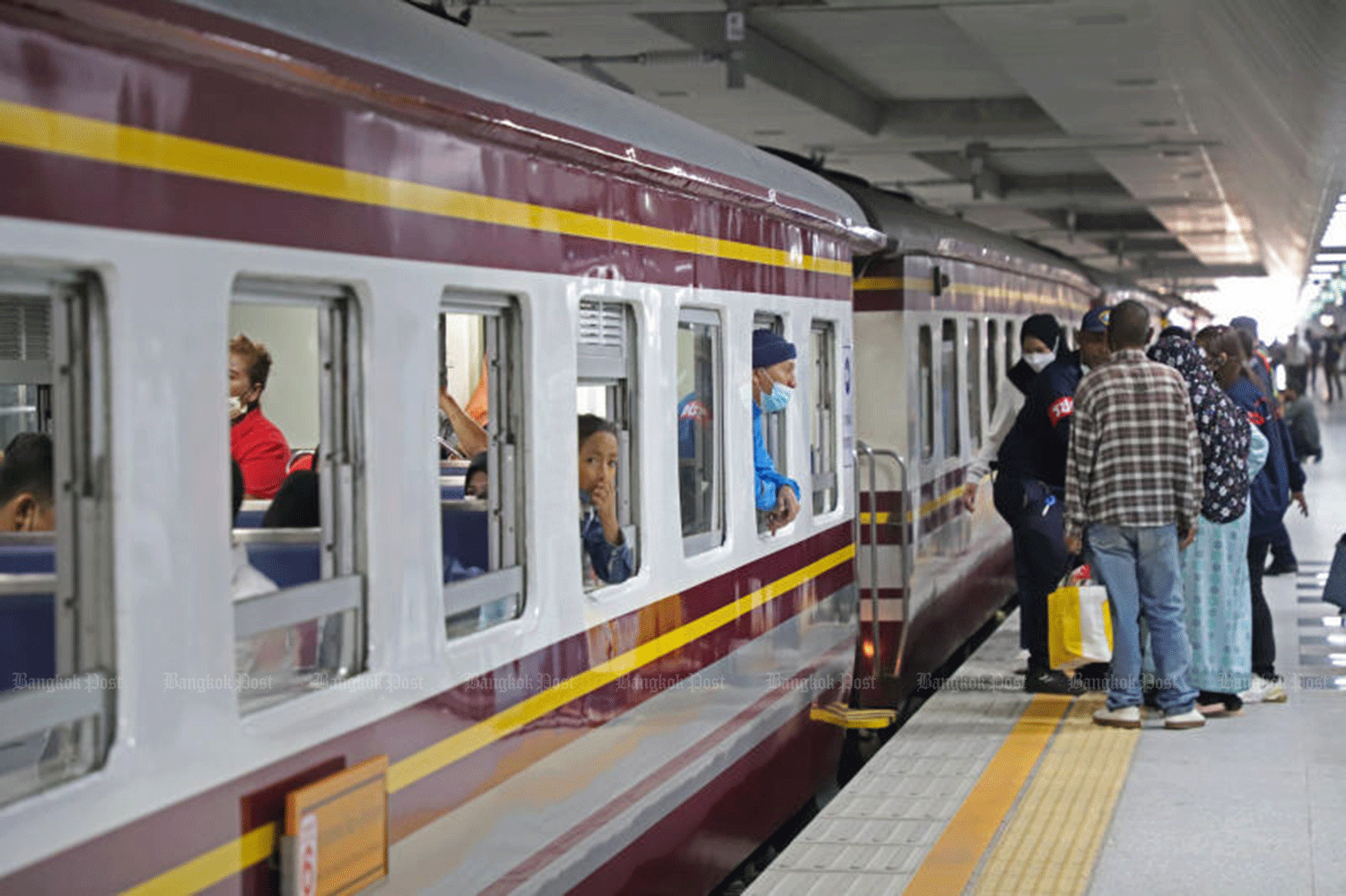
The Ministry of Transport is planning to reform the State Railway of Thailand (SRT) in a bid to solve its longstanding 230-billion-baht debt and allow the agency to generate more income from rail transport.
Deputy Transport Minister Surapong Piyachote said he would examine the balance sheets of state enterprises under the ministry and their income-generating capacities before releasing management policy guidelines.
Of the state enterprises under his supervision, the SRT carries the highest accumulated debt of about 230 billion baht, he said.
The two main factors behind the debt are rail fares that are well below real costs, and huge pension liabilities.
The ministry will work out the most viable method to rehabilitate the rail agency’s finances, Mr Surapong said on Tuesday.
Recently, the cabinet approved an 18-billion-baht loan for the SRT to maintain cash flow in the next fiscal year. In the meantime, the state enterprise must cut back on non-essential expenses and increase its revenue, he added.
Mr Surapong said the ministry would focus on improving revenue from the SRT’s core business, to be obtained from what is now becoming a more comprehensive rail route network.
A study shows that the SRT is under-utilising its rail network for commerce, he said.
For the bottom line to improve, the SRT must explore money-making options from non-core businesses or rent out more of its vast land holdings nationwide, estimated to be worth more than 400 billion baht by the Treasury Department, he said, adding that the value of such land could top a trillion baht in the future.
The SRT will also need to expand rail routes with a combined distance of more than 4,000 kilometres across the country in compliance with the government’s policy to bolster rail transport efficiency to lower logistics costs, he said.
“Increasing the use of rail transport and making it accessible to people is the way to create more income for the SRT,” Mr Surapong said.
The SRT must negotiate with other state enterprises and the private sector, such as SET-listed Siam Cement Group (SCG) and the national oil and gas conglomerate PTT Plc, to encourage them to increase their use of rail transport, he said.
The rail agency should also consider connecting the rail route with industrial estates in various parts of the country, he said.
As the SRT currently operates at a loss, it should consider increasing its fares to reasonable rates while also continuing to serve low-income people, he said.
Fares might also need to be increased in order to provide better service for tourists, he added.
“The SRT has suffered a loss from investments in rail construction, while the rail system was found to be heavily under-used, at only 20% of its capacity,” he said.
“If the SRT cannot attract more passengers, it will then need to make more money from transporting freight instead.”